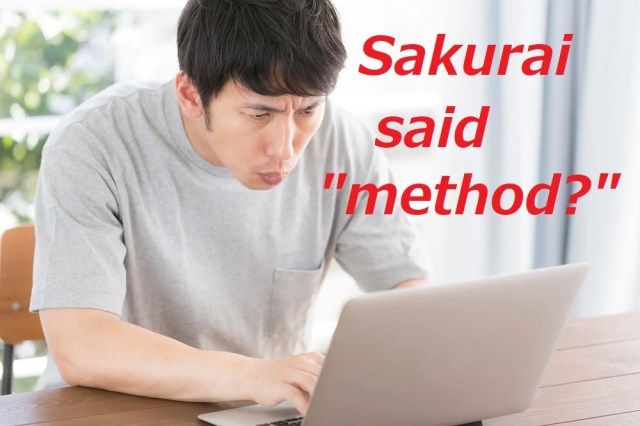The Japanese you learn at school vs the Japanese used in Japan【Video】
Twitter user has something to say about the language they don’t teach you in textbooks.
If you’ve ever studied a foreign language and then visited the country where it’s actually spoken, you may have been surprised by the difference between the expressions taught in the classroom and the way people really speak in the real world.
It’s a topic that Twitter user @phie_hardison brought up online recently, with a tweet labelled “Learning Japanese gotta be rough”. Included with the tweet is the message “Japanese you learn at Japanese school VS Japanese actually spoken by Japanese people“, and the video demonstration shows the huge difference that exists between the two.
Take a look at the video below:
Learning Japanese gotta be rough 日本語学校で教わる日本語 VS 実際に日本人が言う日本語 https://t.co/ygnZ0d6W0v
—
ハーディソン (@phie_hardison) January 23, 2020
In the clip, @phie_hardison can be heard listing a number of simple “Japanese words you learn in school“, clearly pronouncing them in the same way students are taught to during the first stages of learning Japanese.
There’s “Ohayou gozaimasu” (“Good morning”); “Konnichi wa” (“Good afternoon’); “Arigatou gozaimasu” (“Thank you”); “Yoroshiku Onegaishimasu” (“Please”); and “Otsukaresama Desu” (“Thanks for the hard work”).
You’ll often hear these words being used in everyday situations, particularly in workplaces around Japan. However, in casual environments, or as people become more comfortable with their colleagues and their positions within the work hierarchy, these phrases can become less enunciated over time, leaving us with “how Japanese people actually say them“.
As demonstrated by @phie_hardison, that means the above list of formal phrases now becomes: “ozaasu“; “iwaa“; “azaassu“; “yoroshiaasu“, “are-esu“.
This shortening of the language into barely comprehendible vowels and consonants can leave some Japanese learners scratching their heads in confusion. Even worse, if a person picks up the language without any formal learning, they may think that “azaassu” is the real word for “thank you” in Japanese.
▼ “azaassu?”

Twitter users were quick to jump on board with @phie_hardison’s observation, leaving comments like:
“Lmfao this is so true”
“Although Japanese language teachers teach correct Japanese, it doesn’t mean Japanese people actually observe it.”
“It’s funny how the language isn’t always as important as the tone and situation.”
“It’s similar in English with ‘whassup’ instead of “how are you?'”
“It just goes to show how important it is to live or at least visit the country to learn the language.”
“I think it’s better to say the words properly as it’s more polite.”
It’s true that in formal and unfamiliar situations it’s generally better to err on the side of caution and use textbook phrases rather than abbreviated slang to avoid rubbing people up the wrong way, no matter what country you’re in.
However, if you want to level-up your communication skills with friends in casual situations, this real-world Japanese lesson is one that can be a handy addition to your language tool belt. Along with the Language Learning with Netflix extension and the seven mistakes that foreigners make when speaking Japanese and how to fix them!
Source: Twitter/@phie_hardison via Hachima Kikou
Featured image: Twitter/@phie_hardison
Insert image: Pakutaso
● Want to hear about SoraNews24’s latest articles as soon as they’re published? Follow us on Facebook and Twitter!
Credit:




0 comments: